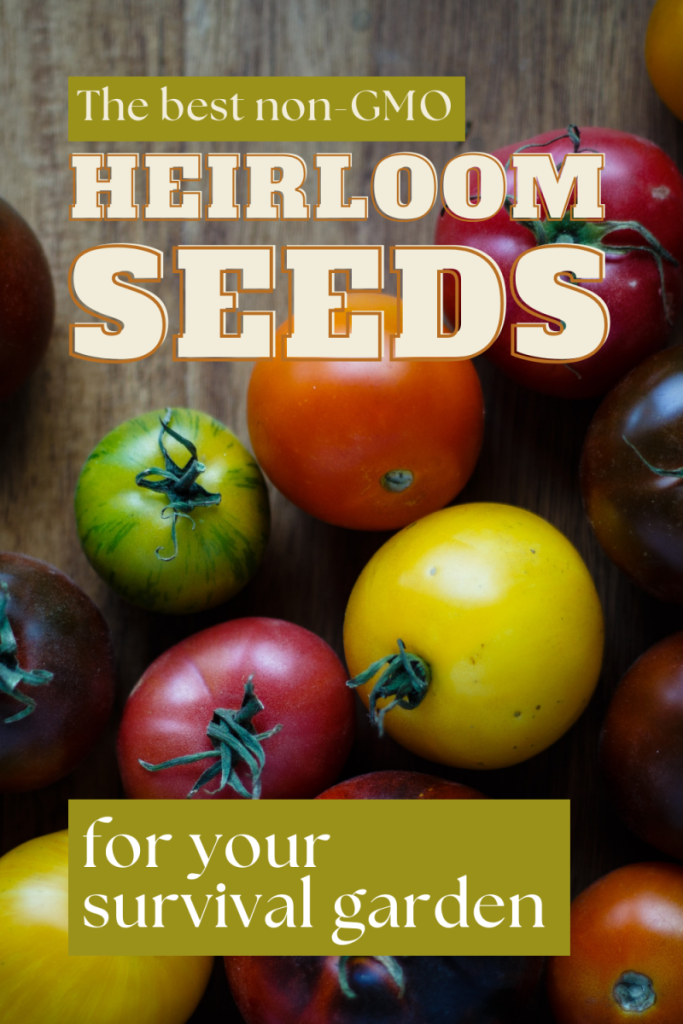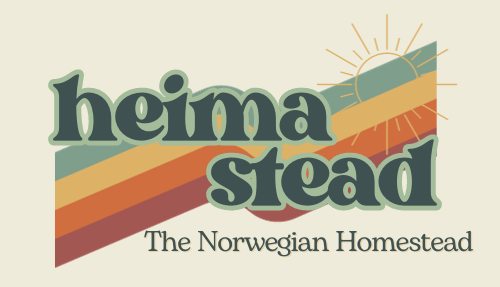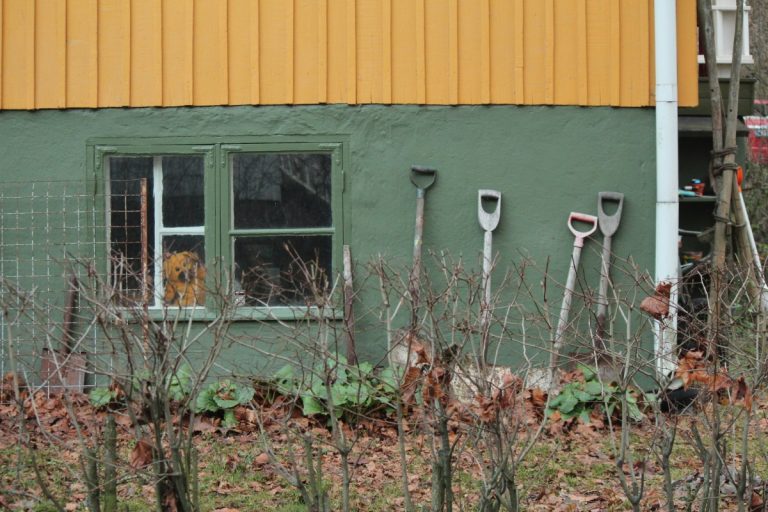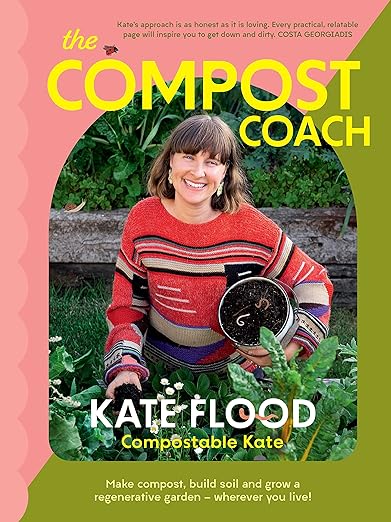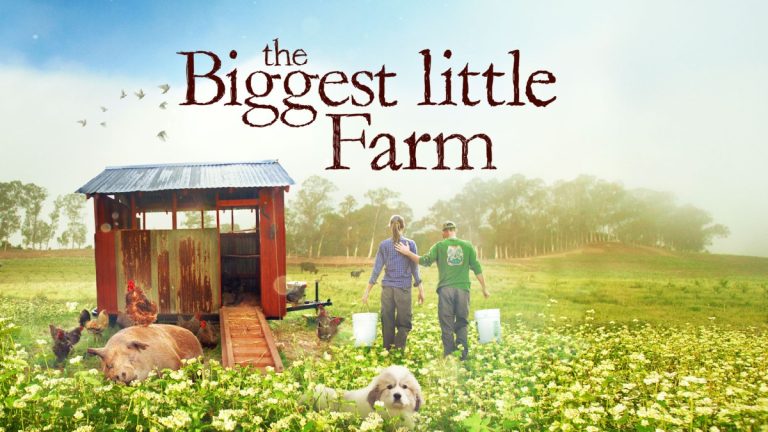The Best Heirloom Non-GMO Seeds For Your Survival Garden
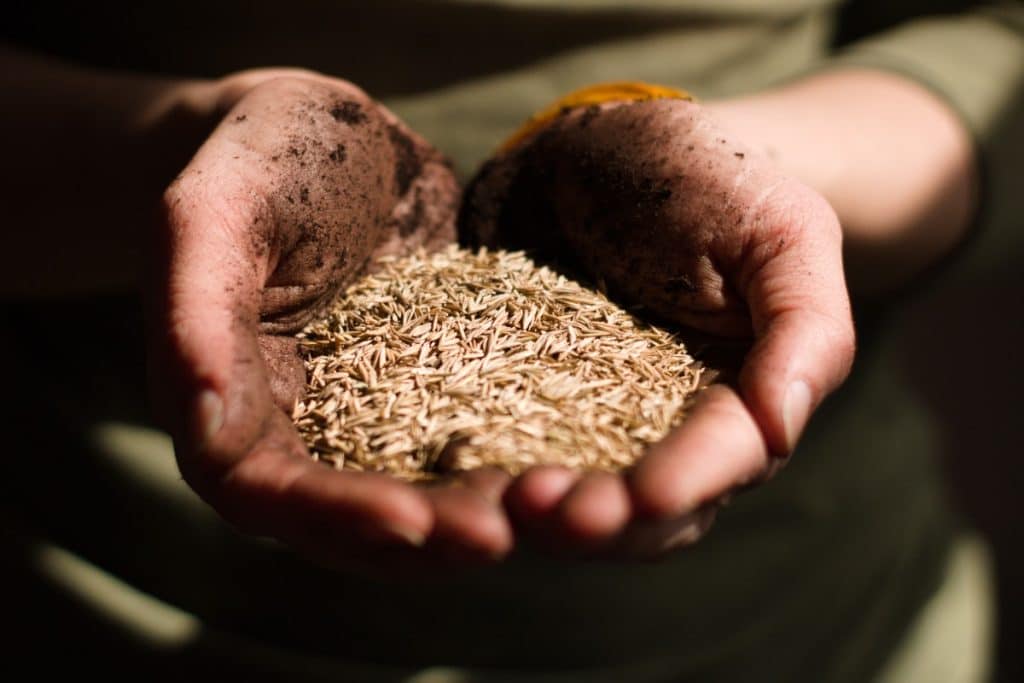
The best seeds for your survival garden (or victory garden) should contain a selection of vegetables, herbs, grains, fruits, and nuts that will keep you alive and help you thrive if you had to survive on what you grew yourself. Additionally, the plants should be open-pollinated. This allows you to save seeds and not rely on having to buy new seeds every year. Furthermore, they should come from a company that has signed the Safe Seed Pledge. The Safe Seed Pledge is a voluntary pledge, not to buy, produce or sell GMO seeds. In this article, you will not only learn where to buy your seeds. We also share 45 starter plants that will keep you well-fed during times of need.
(Want to skip ahead? As always I highly recommend reading the whole text. It provides a lot of surprisingly interesting information that I have taken great care to write in an easy-to-understand way. However, if you’re in a hurry and just need to know exactly where to buy those amazing seeds you can skip to that here.)
The start of the new year is the best time to cozy up in front of the fire with a hot drink and seed catalogs and plan the garden. It’s when you have the opportunity to slow down and take some time to dream and find inspiration to make some productive progress toward growing your own food. And perhaps even medicine. This list is designed for a temperate climate and might not be ideal for the growing conditions where you are. But no matter where you are, it should give you a very good idea of where to start and exactly where to buy your heirloom seeds.
What do you need to thrive?
Who you’re growing for and what you eat determines what medicinal herbs and survival food you should grow in your garden. The survival gardener should carefully consider the specific needs and standards of those involved when planning a garden. There’s no use in planting a whole lot of stuff that you won’t eat. Sure, the chickens or goats will probably enjoy it. But the time, effort, and not to mention the water that goes into your garden should ideally help you and your family on your journey towards a self-sufficient lifestyle. At the end of the growing season, you should have a little more peace of mind going into winter, knowing your pantry and root cellar are, if nothing else, not empty, and perhaps you’ve even started your very own survival seed bank.
Whether you’re just starting or you want to experiment with some new seed varieties to add to your established collection, you want healthy, quality seeds for your survival garden. Healthy seeds produce amazing flavor and color and have reliable germination with high yields. Non-hybrid, non-GMO, heirloom seeds will ensure you check all the boxes. I know! If you are new to gardening or are just learning about the differences those terms can be a little confusing. Maybe even overwhelming. Let me clarify.
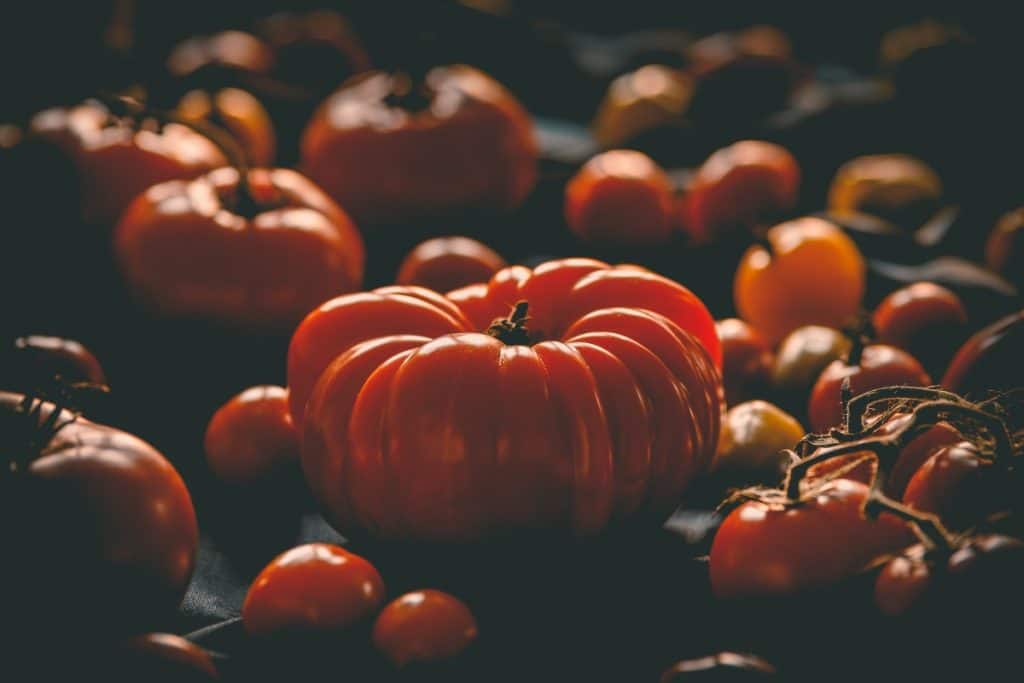
Heirloom seeds for your survival garden
Heirloom seeds come from plants that have been around for a long time. Although the debate of what qualifies as an heirloom seed gets a little heated, most agree that it is defined as a variety that has been around for at least 50 years. However, native varieties cultivated thousands of years ago are believed to exist today.
Before the industrialization of agriculture, the diversity among plant varieties grown for human consumption was huge. The traditional art of seed-saving and propagation was an inherent part of life as a way of naturally ensuring a bountiful yield. The seeds saved and passed down through generations were the ones that grew best in that very location. There used to be cultivars (strains of a plant) perfectly suitable for pretty much all areas and different environments.
Open-Pollinated seeds for your survival garden
Open-pollinated plants are naturally pollinated by bees, birds, or wind. Heirloom plants are all open-pollinated, but not all open-pollinated plants are heirloom. If you save the seed from an open-pollinated plant you will be able to grow pretty much that same exact plant next year. They carry a wide genetic diversity so they might have slight variations in characteristics, but they are still the same plant and highly contribute to bio-diversity within food crops.
In the face of agricultural biodiversity choosing open-pollinated varieties is very important. Not only does it conserve genetic diversity and prevent the loss of unique varieties. Oftentimes it also keeps alive a history of a time, place, and people.
Note: In the context of conserving a cultivar, cross-pollination between different strains of plants is destructive. Cross-pollination will produce a new plant with new traits. This can be a fun experiment and can lead to a variety better suited for the specific growing conditions of your garden. However, the new seed from the cross-pollinated plant will not grow into an heirloom plant, but rather a natural hybrid.
Hybrid
Whereas heirloom plants can naturally cross-pollinate, hybrids are created by people purposefully crossing two different varieties from the same pure line of the same plant to produce the best possible traits. You can not save seeds from these hybrids, as they will not produce true in the next generation. They are created in an isolated environment by breeders. This can be a little hard to understand but this article from Texas A&M University does a great job of explaining it in simple terms. Whereas open-pollinated types are listed as OP, hybrids are listed as F1.
“In addition to qualities like good vigor, trueness to type, heavy yields and high uniformity which hybrid plants enjoy, other characteristics such as earliness, disease resistance, and good holding ability have been incorporated into most F-1 hybrids.” (Aggie Horticulture, see link above)
Hybrids are often superior to heirloom varieties in many ways, but as mentioned you need to keep purchasing new seeds every year and you have less variety to choose from. They might therefore be a good alternative when it comes to seeds for your survival garden. However, most garden or hobby farmers agree that heirloom varieties produce the most mouth-watering delicious homegrown fruits (yeah… I might be just a little biased) and have the best germination rates.
GMO
GMO stands for Genetically Modified Organism. A natural process occurring within a controlled, scientific environment produces hybrids, whereas scientists actively create GMO plants by inserting DNA into the plant’s genome, often using a bacterium or virus. If the plant cells effectively incorporate the DNA, scientists can cultivate them into new plants. This process does not occur naturally.
You don’t have to worry about your seeds at home being GMO. Creating and buying these seeds is expensive, and commercial farmers generally purchase them to produce crops on a larger scale.
The notorious Monsanto created a modified type of corn that is resistant to the herbicide Roundup®. More crops than you would think are GMO. Almost all corn commercially grown in the US today is GMO. In 2015 the GMO Arctic Apple was approved for sale in the US and later Canada. Joining a growing list of GMO crops such as alfalfa, cotton, summer squash and sugar beets.
The scientific community has not reached a consensus on the health implications of GMOs. Not all gene modifications are negative, however, there have been raised concerns about the potential risk of consuming GMO crops and ingredients.
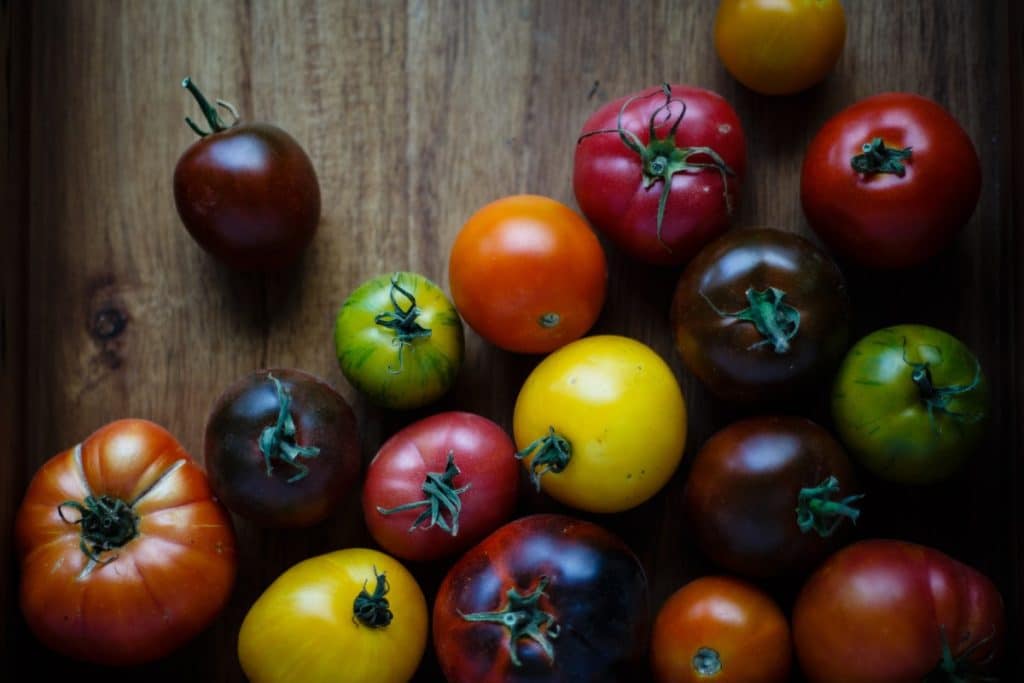
Buying seeds
Now that you know a little more about what you’re putting in your garden, let’s identify some factors to consider when choosing just the right seeds for you. Doing some research could set you up for successful growing in your own home garden. This is important because a little bit of success is a great motivator and inspiration to keep learning, experimenting, and developing into the ultimate survival gardener.
Consider This
- What do you like: What do you already buy and eat lots of? Be sure to note how many you are feeding, what their preferences are, and what they absolutely do not like.
- Local conditions and climate: Is it dry or humid where you are? Which of the USDA hardiness zones are you in? Consider local frost dates, hours of daylight, and soil composition. How much water do you have access to during the growing season? Should you consider drought- or heat-tolerant varieties for your garden?
- Storing: consider what storing solutions you have and how much of how many types of crops you have appropriate space for. Do you have a cool, dry location for long-term storage? Do you need to make a plan to create a diy root cellar?
- Preservation: If you haven’t done much preserving before, consider taking a course or buying a book about canning for beginners. Set a realistic goal that won’t leave you feeling overwhelmed or even keep you from getting started.
- Plan it out: Consider getting a homesteader planting planner to help keep track of what, when and where things are put in the ground. You can buy these anywhere, but there are plenty of free downloadable pdf’s. Just do a Pinterest search and you can pick and choose one that will suit you best.
- What’s your favorite flower?: I can’t stress this enough… It is absolutely paramount that you do a few things just for fun. Grow your favorite flower or get some wild-flower seed packets and turn your lawn into heaven for you and your bees to enjoy. Or maybe create a sitting area where you can relax and enjoy the view of your garden.
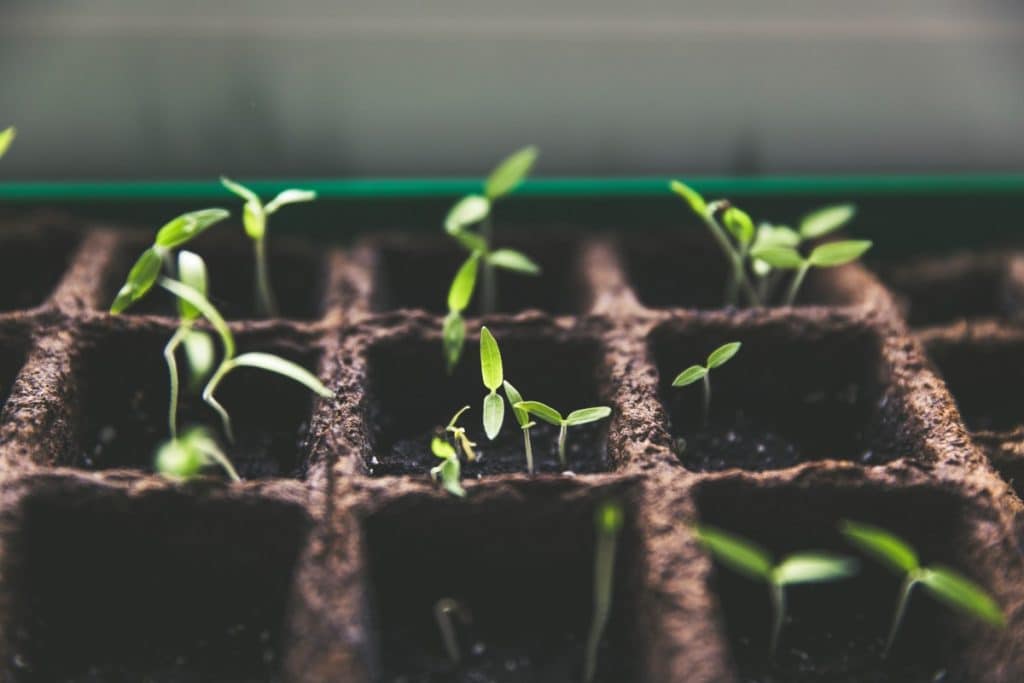
Tips
Whether you’re buying heirloom herbs or cover crops, the information you need is usually on the website or on the back of each packet. The companies listed below actively commit to educating their customers and want to give you the best shopping experience possible. So if there is information you can’t find or something you don’t understand, don’t be afraid to send them a message. They’ll be happy to answer your questions. They know more than most about the best seeds for your survival garden. And when you’re at it make sure to ask if there is any way you can qualify for free shipping. Survival seeds also make for great gifts for fellow homesteaders in your life.
Where to buy
Baker Creek Heirloom Seeds (Rare Seeds): has one of the largest selections of heirloom seeds with over 1,800 types of vegetables, flowers and even herb seeds. They also have a good selection of heirloom, non-GMO grains. You can even visit their beautiful farm where they host several festivals throughout the year.
Siskiyou Seeds: is a small farm-based company located at 2,000′ elevation in the Siskiyou mountains of Oregon. Most of the varieties they sell will do well in harsher climates. In addition to their heirloom vegetable seeds, they also have some great herb seeds. Check out their Flowering Medicinals Collection and Herbal Tea Collection.
Seed Savers Exchange: is a non-profit organization and shop founded in the United States in 1975. This page is a bottomless well of information on everything and anything concerning non-hybrid, non-GMO, heirloom seeds. They have a seed bank with 20,000 varieties!
Seeds For Generations: is a small family-run business exclusively selling heirloom seeds and related gardening products. The kids actively participate in packing the orders and receive payment per envelope, as part of their homeschool curriculum (which I think is awesome!).
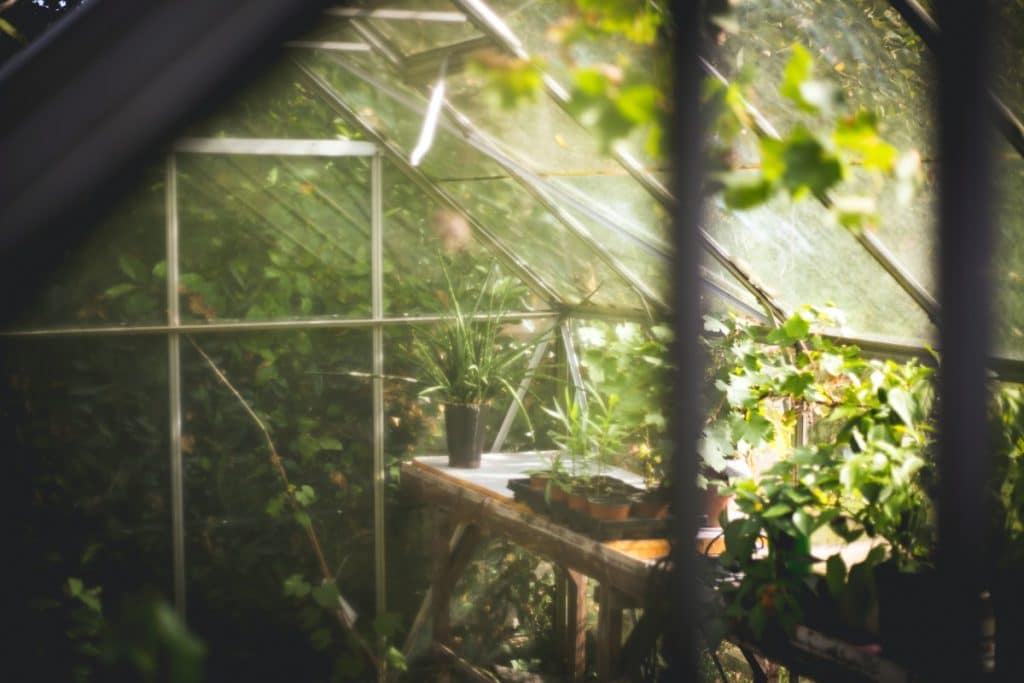
45 seeds to plant in your survival garden
- 20 vegetables: potatoes, carrots, onion, garlic, beans, lettuce, peas, cucumber, tomatoes, peppers, chili peppers, summer/winter squash, spinach, broccoli, cauliflower, kale, beets, cabbage, asparagus, kohlrabi
- 10 fruit and nuts: Blueberries, raspberry, rhubarb, apple, pear, plum, cranberry, walnuts, hazelnuts and almonds.
- 10 herbs: Rosemary, thyme, basil, coriander, oregano, thyme, calendula, chamomile, peppermint, English lavender.
- 5 grains: Wheat, corn, oats, spelt and rye.
If you, like me, are itching to get your hands dirty long before the Christmas decorations are even down, then this is for you. Despite the name, you can use the method of Winter Sowing Year-Round. Winter sowing is a way of starting seeds outdoors while still giving them a big head start on seeds started directly in the ground. Read our article about starting seeds outdoors here!
Agriculture and seeds provide the basis upon which our lives depend. We must protect this foundation as a safe and genetically stable source for future generations. For the benefit of all farmers, gardeners and consumers who want an alternative, we pledge that we do not knowingly buy or sell genetically engineered seeds or plants. The mechanical transfer of genetic material outside of natural reproductive methods and between genera, families or kingdoms, poses great biological risks as well as economic, political and cultural threats. We feel that genetically engineered varieties have been insufficiently tested prior to public release. More research and testing is necessary to futher assess the potential risks of genetically engineered seeds.
Safe Seed Pledge
